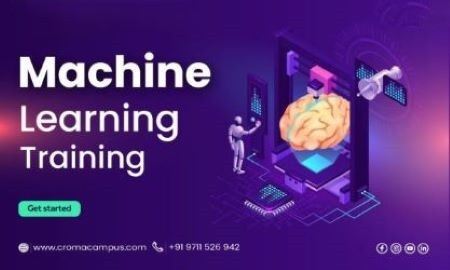Introduction
In the current time, Machine learning has become one of the essential tools in the world of AI. This brings the power of machine learning to tiny as well as low-power devices such as microcontrollers, sensors, and Iot gadgets. As the field of machine learning is growing rapidly, developers need a special integration of skills from different areas.
Here we have discussed these skills of Tiny ML in detail. So if you are looking to become a Machine learning developer, then taking the Machine learning online course can help you in this. Well, this online course is helpful in understanding the basic concepts of Tiny ML at your own pace from anywhere. Then let’s begin discussing the essential Tiny ML skills.
Essential Tiny ML Skills:
Here we have discussed the essential Tiny ML skills in detail. So if you have gained a Machine Learning Certification, then you can implement your skills in practice:
1. Machine Learning Basics
If you are looking to work in TinyML, then it is essential to have a strong understanding of machine learning. This includes both supervised and unsupervised learning. Also, this includes how the neural networks get built, how the deep learning models work, as well as how to train and test models. This sis unnecessary while working with the limited memory as well as processing power.
Since TinyML runs on tiny devices, you’ll need to learn how to make models smaller and faster. This includes using techniques like:
- Quantization (shrinking data types),
- Pruning (removing parts of a model that aren’t needed),
- Knowledge distillation (making a smaller model learn from a bigger one), and
- Neural architecture search (finding model designs that work well on limited hardware).
2. Embedded Systems Programming
TinyML brings machine learning to tiny devices, so all you need to understand is how to operate these devices. As most of them use C or C++, having knowledge of these languages can benefit you also need to understand:
- How memory is managed,
- How to handle real-time tasks,
- How to work with hardware like buttons, sensors, and timers.
Having knowledge of Platforms such as the Arduino, Raspberry Pi, ESP32, or ARM Cortex-M chips can benefit a lot. Also, if you know how to use different tools for writing, testing, and debugging embedded code, this will help make the development smoother.
3. Understanding the Hardware
As tiny ML runs on small devices, you need to understand what the devices can do and can’t.
- How much memory they have (RAM, flash),
- How fast can they process data?
- How much power do they use?
4. Signal Processing & Data Handling
Many TinyML projects use data from sensors. So, knowing how to clean and prepare that data is important. You should be familiar with:
- How to filter noisy signals,
- How to use tools like FFT to analyze data.
- How to work with time-series data (like sound, movement, or temperature over time).
Understanding statistics also helps you make better sense of your data and evaluate your models properly.
5. Programming Languages & Tools
Most model training is done in Python, while deployment is done in C/C++. Being comfortable with both is important. You should also know how to use tools like:
- Edge Impulse,
- TensorFlow Lite Model Maker,
- Model converters and optimizers.
Good practices like version control, automated testing, and continuous integration will help you build better, more reliable TinyML projects.
6. Domain Knowledge
TinyML is used in many fields—like health, environment, manufacturing, and more. To build something useful, you need to understand the specific area you’re working in. For example:
- What kind of sensors are used?
- What kind of patterns should your model look for?
- What are the performance and accuracy requirements?
If you are looking to build a strong foundation in this field, then taking the Machine Learning in Python Course can help you master the important concepts of model training, evaluation, and optimization before moving on to embedded deployment.
Conclusion:
If you are looking to succeed in the field of TinyML, all you need is the integration of the different skills, such as machine learning, embedded programming, and hardware knowledge. Also, you should have an understanding of the specific field you’re working in. As this field is growing quickly, staying curious as well as open to learn and building a strong foundation for these skills.
